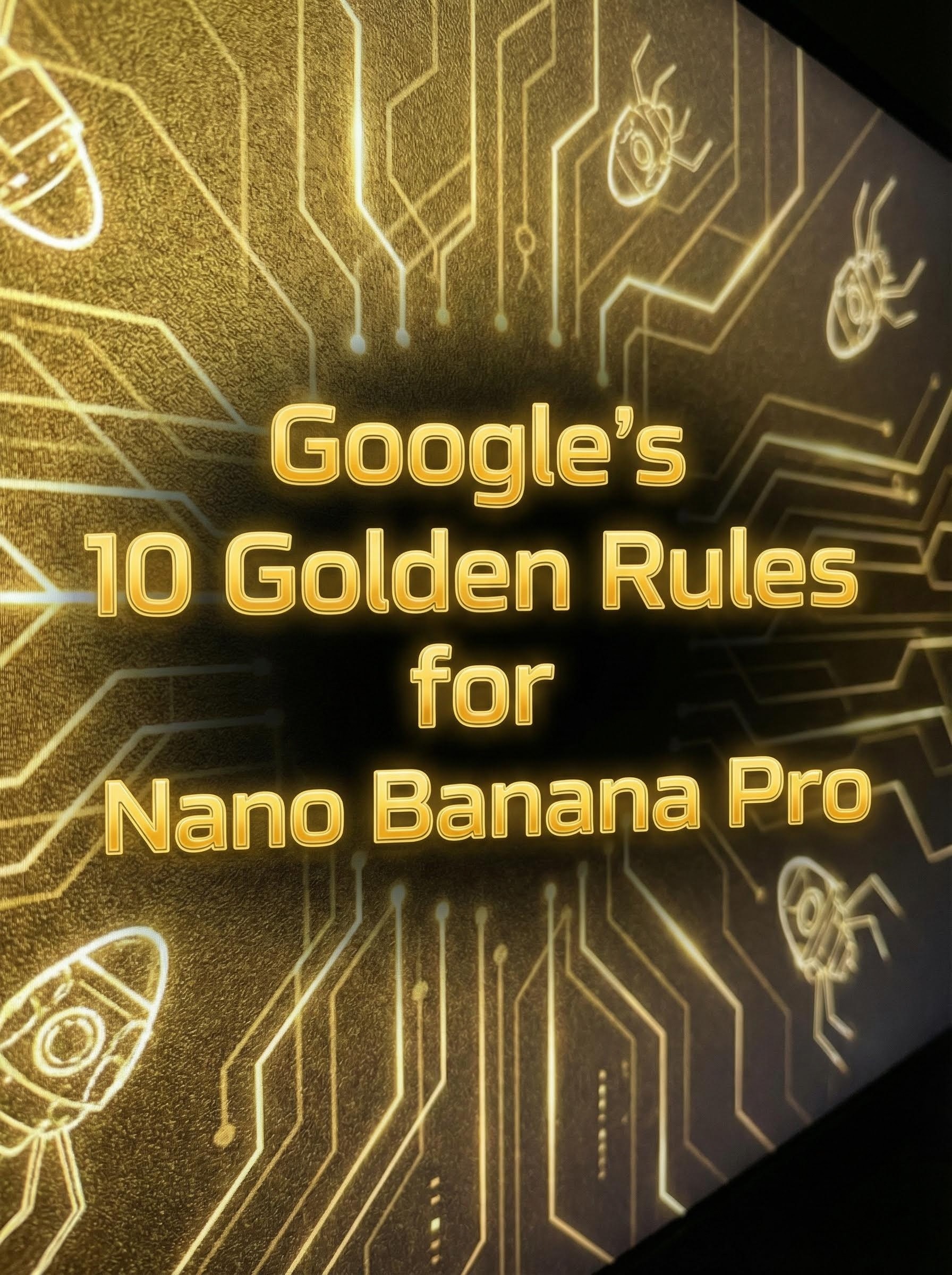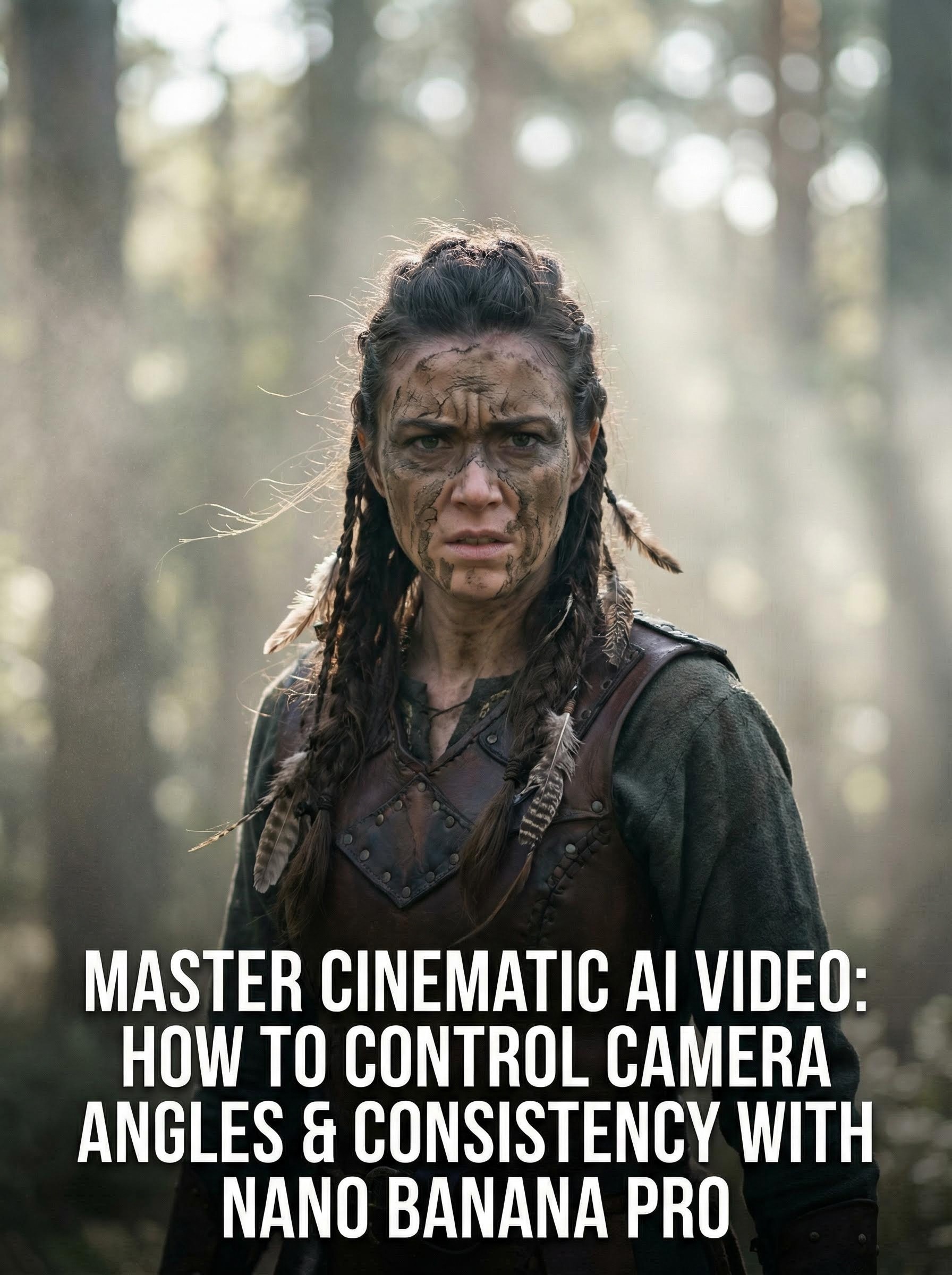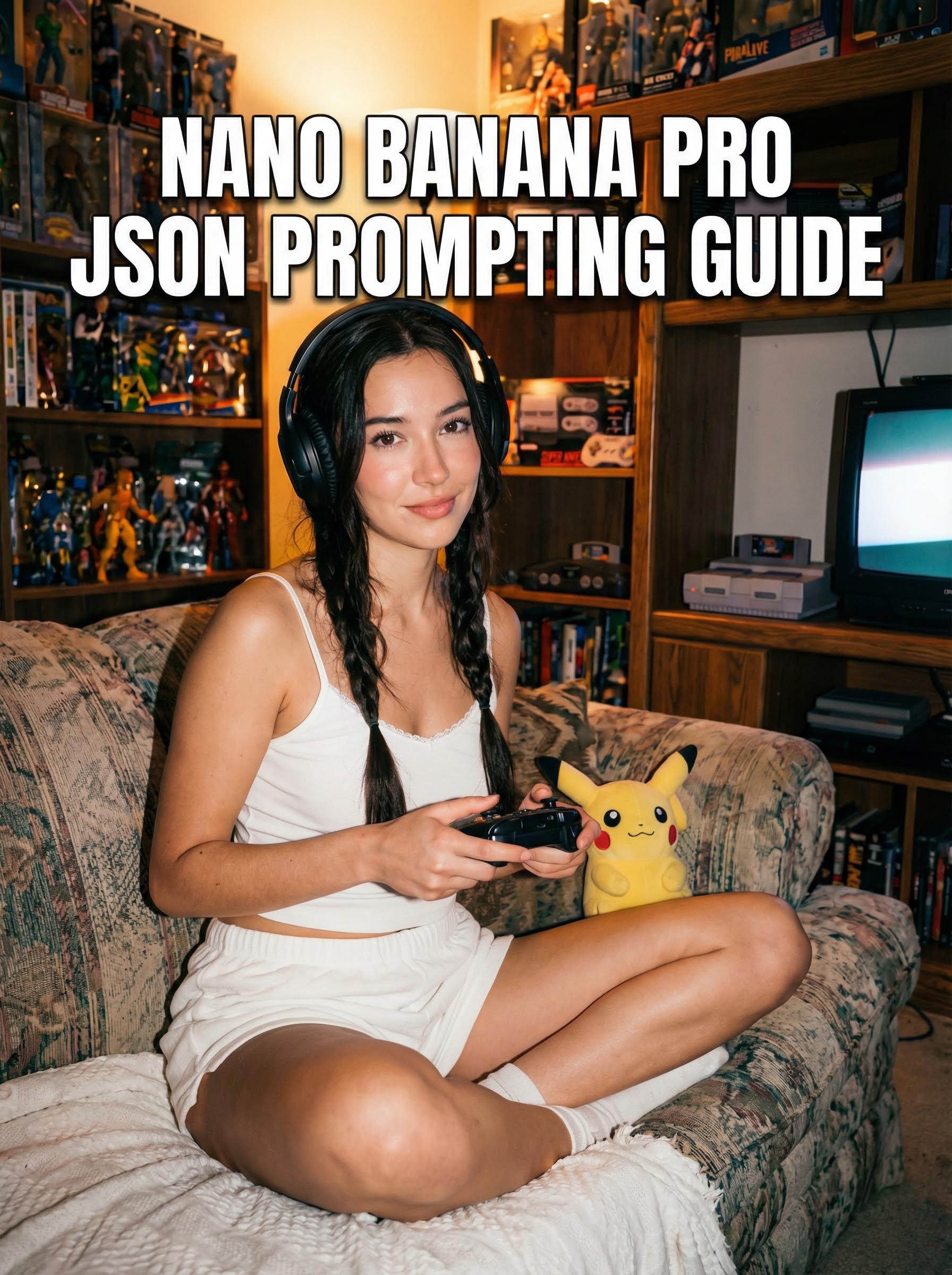Google's Nano Banana, part of the Gemini 2.5 Flash model, is a game-changer in the rapidly developing field of AI image generation and editing. Whether you're a hobbyist, marketer, or designer, learning Nano Banana prompting can lead to beautiful, high-quality outcomes. With prompt templates, examples, best practices, and sophisticated advice, this thorough guide delves deeply into how to use Nano Banana efficiently. You've come to the correct spot if you've been looking for a "Nano Banana prompting guide" or "how to prompt Nano Banana." Let's examine how to use this potent tool for editing, creating text-to-images, and other tasks.
What Is Nano Banana? A Quick Overview
Google's Gemini 2.5 Flash Image model, a sophisticated AI engine intended for high-fidelity image creation and editing, is known by the codename Nano Banana. It surpasses many rivals in benchmarks such as LMArena in conversational editing, multi-image composition, character consistency, and real-world reasoning. Through natural language prompts, Nano Banana enables iterative refinements, in contrast to traditional tools that necessitate creating images from scratch.
Key features include:
Conversational Editing: Make changes without starting over.
Multi-Image Blending: Combine up to three images seamlessly.
Text Rendering: Add clear, readable text to images.
Style Transfer: Transform images while preserving core elements.
High-Resolution Outputs: Generate images up to 1024x1024 pixels.
You can use nano banana inside AtlabsAI platform.
Best Practices for Nano Banana Prompting
Effective prompting is key to getting the best results from Nano Banana. Focus on descriptive, narrative-style prompts rather than keyword lists the model understands natural language like a conversation.
Be Descriptive and Specific: Include details on subjects, actions, environments, lighting, moods, and camera angles. Avoid vague terms like "nice image"— opt for "serene and masterful mood with golden hour lighting.
Use Scenario-Specific Details: Tailor prompts to the output type (e.g., photorealistic, stylized, or minimalist).
Iterate and Refine: Start broad, then refine with follow-up prompts like "Make it more data-dense."
Incorporate Constraints: Specify aspect ratios, platforms (e.g., mobile), or styles (e.g., Material Design) for targeted results.
High-Quality Inputs: Use high-resolution source images to avoid blurry outputs.
Short Text for Rendering: Keep added text under 25 characters for clarity.
Common pitfalls to avoid: Overly generic prompts lead to mediocre results; always test variations.
Nano Banana Prompt Templates and Examples
Based on official guidelines, here are structured templates for common scenarios, complete with examples and before/after insights.
1. Photorealistic Scenes
Template: "A photorealistic [shot type] of [subject], [action or expression], set in [environment]. The scene is illuminated by [lighting description], creating a [mood] atmosphere. Captured with a [camera/lens details], emphasizing [key textures and details]. The image should be in a [aspect ratio] format."
Example Prompt: "A photorealistic close-up portrait of an elderly Japanese ceramicist with deep, sun-etched wrinkles and a warm, knowing smile. He is carefully inspecting a freshly glazed tea bowl. The setting is his rustic, sun-drenched workshop. The scene is illuminated by soft, golden hour light streaming through a window, highlighting the fine texture of the clay. Captured with an 85mm portrait lens, resulting in a soft, blurred background (bokeh). The overall mood is serene and masterful. Vertical portrait orientation."

Generic prompts yield flat images; this detailed one creates hyper-realistic depth, as tested in replica cases.
2. Stylized Illustrations & Stickers
Template: "A [style] sticker of a [subject], featuring [key characteristics] and a [color palette]. The design should have [line style] and [shading style]. The background must be white."
Example Prompt: "A cute kawaii-style sticker of a fluffy cat wearing sunglasses, with pastel pink and blue colors. Bold black outlines and soft gradient shading. White background."

Tip: Specify white backgrounds for easy editing in tools like Photoshop.
3. Accurate Text in Images
Template: "Create a [image type] for [brand/concept] with the text “[text to render]” in a [font style]. The design should be [style description], with a [color scheme]."
Example Prompt: "Create a minimalist poster for a coffee brand with the text 'Brew Better' in elegant serif font. Black and white style with subtle coffee bean illustrations."

4. Product Mockups & Commercial Photography
Template: "A high-resolution, studio-lit product photograph of a [product description] on a [background surface/description]. The lighting is a [lighting setup] to [purpose]. The camera angle is a [angle type] to showcase [feature]. Ultra-realistic, with sharp focus on [key detail]. [Aspect ratio]."
Example Prompt: "A high-resolution, studio-lit product photograph of a sleek wireless earbuds case on a matte black surface. Three-point softbox lighting to highlight textures. 45-degree angle to showcase the charging port. Ultra-realistic, sharp focus on the logo. Square aspect ratio."

5. Minimalist & Negative Space Design
Template: "A minimalist composition featuring a single [subject] positioned in the [position] of the frame. The background is a vast, empty [color] canvas, creating significant negative space. Soft, subtle lighting. [Aspect ratio]."
Example Prompt: "A minimalist composition featuring a single red apple positioned in the bottom-right of the frame. Vast empty white canvas background. Soft subtle lighting. Wide aspect ratio."

6. Sequential Art (Comic Panels/Storyboards)
Template: "A single comic book panel in a [art style] style. In the foreground, [character description and action]. In the background, [setting details]. The panel has a [dialogue box] with the text “[Text]”. The lighting creates a [mood] mood. [Aspect ratio]."
Example Prompt: "A single comic book panel in manga style. In the foreground, a superhero leaping into action. Background: city skyline at night. Speech bubble with 'It's go time!'. Dramatic lighting for intense mood. Landscape aspect ratio."

Advanced Nano Banana Techniques
Take your prompting to the next level with these features:
Multi-Image Composition: "the woman [image1] sitting on the chair [image2]."

Iterative Refinement: Start with a base image, then prompt: "Add premium ebony wood veneer finish," followed by "Incorporate sophisticated LED.

Style Transfer: "Transform this chair [image] into a cyberpunk style while keeping the structure intact.

Character Consistency: "Place this exact character [image] in a new beach scene, maintaining identical features."

Nano Banana for Designers: UI/UX Prompting Tips
For UI/UX professionals, Nano Banana is a boon for ideation and prototyping.
Ideation Prompts: "Generate 3 UI concepts for a personal finance app dashboard: minimalist, data-rich, and playful styles."
1. Minimalist Style: This concept focuses on clean lines, ample white space, and essential information, making it easy to digest at a glance

Data-Rich Style: This design prioritizes displaying a large amount of detailed financial information, charts, and graphs for users who want a comprehensive overview.

Playful Style: This concept uses vibrant colors, friendly illustrations, and gamified elements to make managing finances feel less daunting and more engaging

Wireframing: "Create a low-fidelity wireframe for a hotel booking search results page, including sort options and map view."

5. Component Design: "Design a multi-select dropdown in active state for a project management tool, minimalist aesthetic with tags."

Provide visual references like brand colors or existing UIs to align with your style guide. Iterate by refining: "Make concept #2 more data-dense for power users."

Common Mistakes and Troubleshooting
Blurry Outputs: Use high-res inputs and specific details.
Unexpected Results: Reword prompts or add constraints.
API Errors: Check rate limits (2 requests/minute) and API key validity.
Watermarks: Use AI Studio for unwatermarked images in paid tiers.
Test prompts iteratively to refine.
Conclusion: Elevate Your AI Image Game with Nano Banana
This Nano Banana prompting guide equips you with everything needed to create stunning visuals in 2025. From basic templates to advanced editing, experiment and iterate for optimal results. For more inspiration, check official resources or platforms like 302.AI. Start prompting today and transform your creative process Nano Banana is free to try, so why wait?











